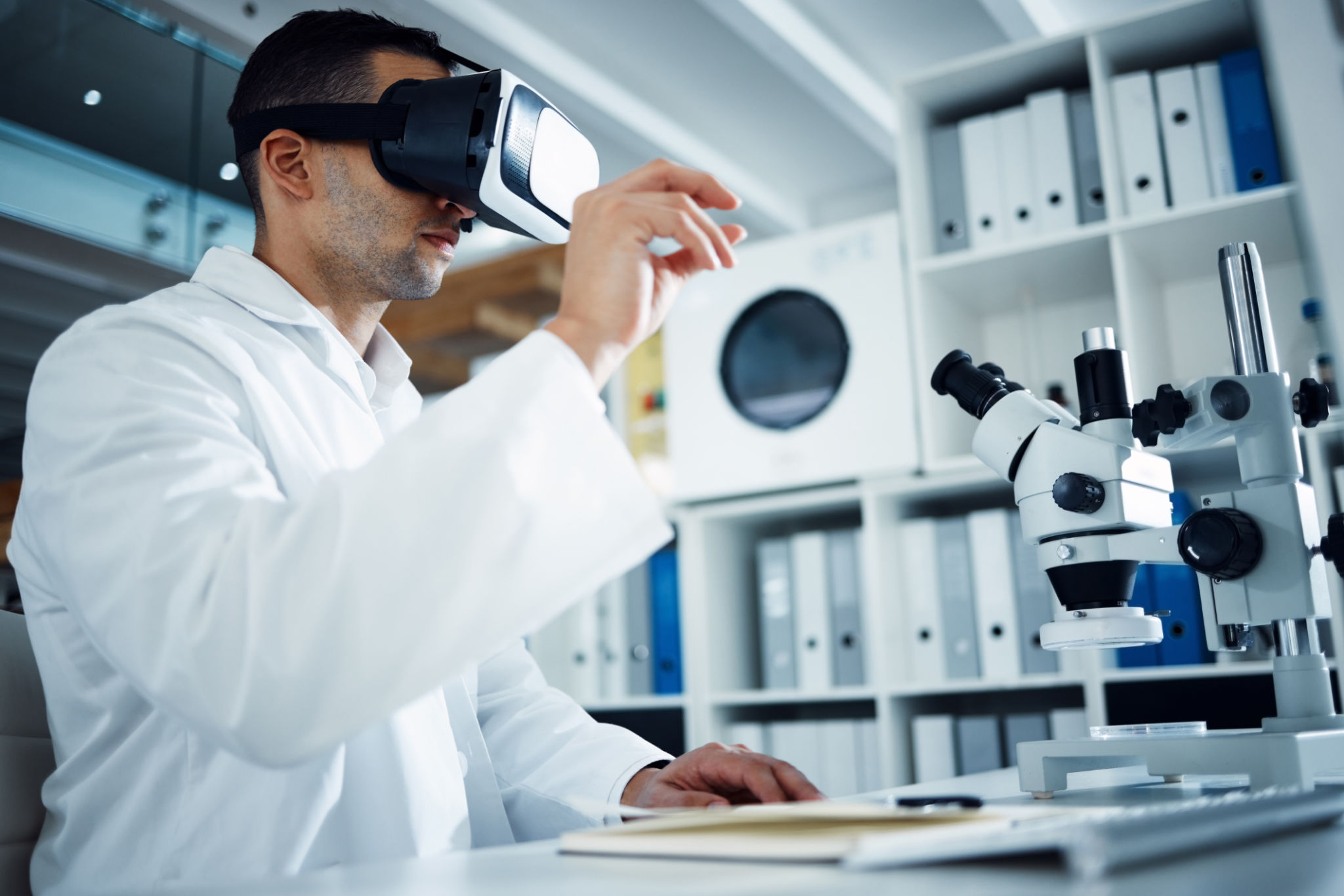The Role of Technology in Modern Medical Education
Introduction to Technology in Medical Education
The landscape of medical education has significantly evolved over the past few decades, largely due to the integration of technology. Today, future healthcare professionals are equipped with a wide range of digital tools that enhance their learning experiences and prepare them for real-world challenges.
Technology has not only transformed how medical students absorb information but also how they apply it in clinical settings. By leveraging digital advancements, medical education has become more interactive, personalized, and accessible.

Virtual Reality and Simulation
One of the most revolutionary technologies in medical education is virtual reality (VR). VR provides students with immersive experiences, allowing them to practice complex procedures in a risk-free environment. This hands-on approach helps in building confidence and refining skills before transitioning to real-life scenarios.
Simulation labs equipped with advanced mannequins and tools offer students the chance to engage in realistic clinical situations. These simulations are crucial for developing critical thinking and decision-making skills essential for patient care.

Online Learning Platforms
The rise of online learning platforms has made medical education more accessible than ever. Students can now access lectures, resources, and assessments from anywhere in the world. This flexibility is particularly beneficial for those who need to balance studies with other commitments.
Platforms like MOOCs (Massive Open Online Courses) provide a wealth of knowledge from leading medical institutions. These courses often include video lectures, interactive quizzes, and discussion forums, facilitating a comprehensive learning experience.
Artificial Intelligence and Data Analytics
Artificial intelligence (AI) is playing a growing role in personalizing medical education. AI-driven tools can analyze student performance and adapt content to meet individual learning needs, ensuring that students receive the support they require to excel.
Data analytics also helps educators identify trends and areas for improvement in their teaching methods. By understanding how students interact with course materials, educators can tailor their approaches to optimize learning outcomes.

Digital Collaboration Tools
Collaboration is a critical component of medical education, and digital tools have made it easier for students to work together. Platforms like video conferencing and real-time document sharing enable seamless collaboration among peers, regardless of location.
These tools foster a sense of community and teamwork, preparing students for the collaborative nature of healthcare environments. By working together digitally, students can share insights, discuss case studies, and solve problems collectively.
Conclusion
Technology continues to reshape the landscape of medical education, providing students with innovative tools and platforms to enhance their learning experiences. From VR simulations to AI-driven analytics, these advancements are preparing the next generation of healthcare professionals for a dynamic and challenging field.
As technology evolves, so too will its role in medical education, ensuring that students are equipped with the knowledge and skills necessary to provide high-quality care in an ever-changing world.
